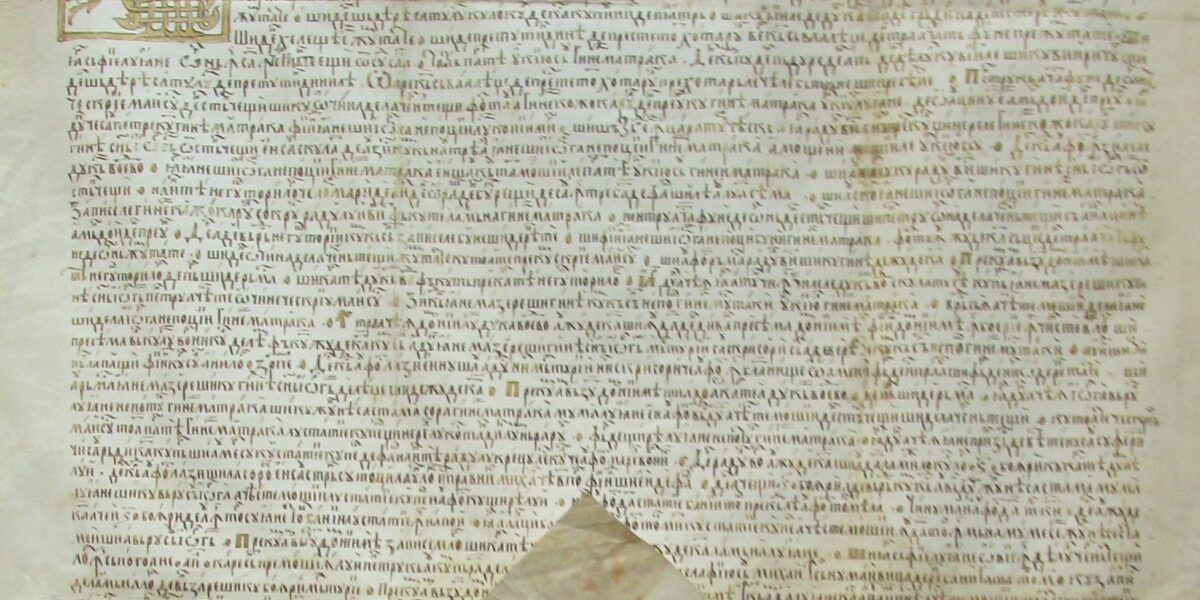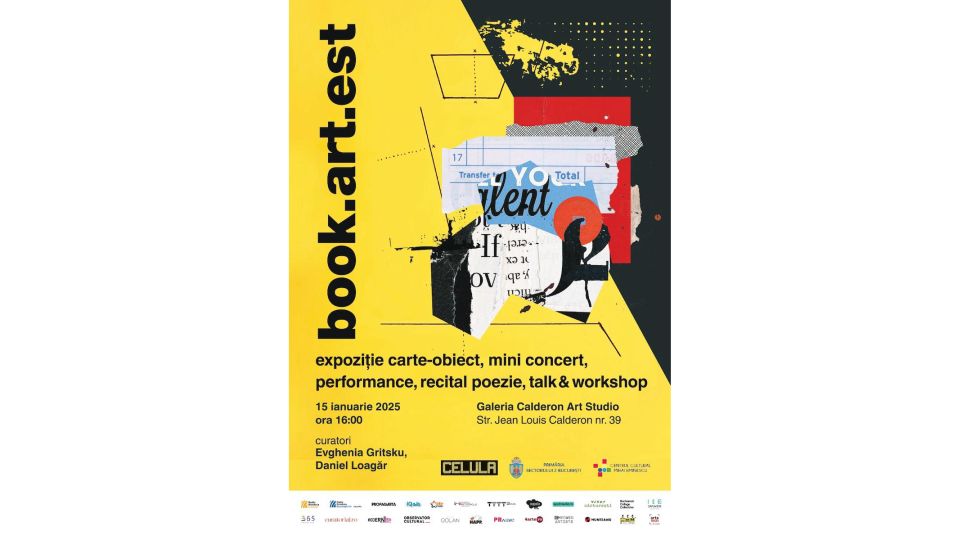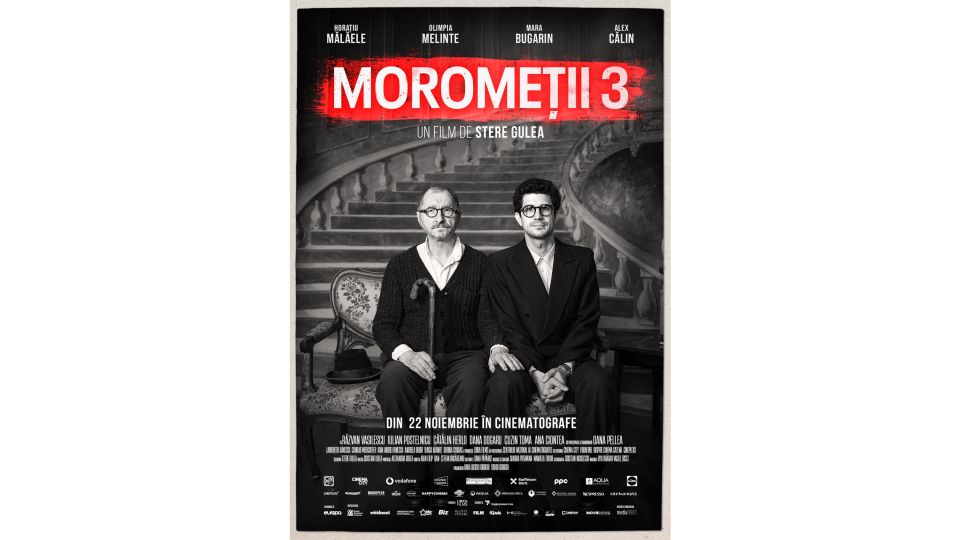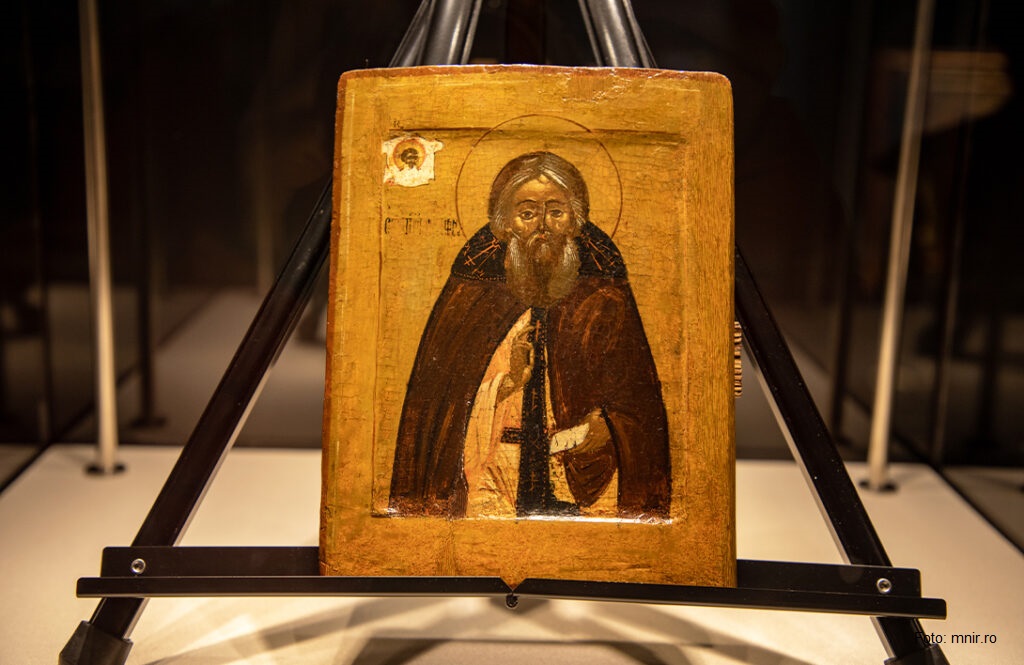The first Cantacuzins in the heritage of Bucharest’s Municipality Museum.
Romania's late medieval history in rare and recently-displayed exhibits

Eugen Nasta, 01.02.2025, 14:00
A new documentary exhibition has been made available to visitors on the premises at Bucharest’s Municipality Museum. Playing host to the new exhibition in the Museum’s main building, the Sutu Palace, located in Bucharest’s City Center.
The theme is “The first Cantacuzins in the heritage of Bucharest’s Municipality Museum”. The curator of the exhibition, Mihaela Rafaila of the Museum’s Modern and Contemporary History Compartment has revealed, for us, the underlying intention in staging the exhibition.
„Through the temporary exhibition themed ‘The first Cantacuzins in the heritage of Bucharest’s Municipality Museum’ I intended to introduce to the lay public some certificates written on paper or on parchment, in the Slavonic and Romanian languages, with Cyrillic letters, where the members of this important family of the 17th and 18th centuries are mentioned in their capacity as witnesses, through the dignities they held as part of the Princely Council, but also through the selling-purchase acts they signed at that time or issuing charters or decrees, such as the case of ruling princes Serban and Stefan Cantacuzino. “
The first of the great dignitaries, men of culture and even vaivodes who were members of this boyar family in Wallachia was court marshal Constantin Cantacuzino, who was born in 1598 and assassinated in 1663. He was the central figure as part of the exhibition hosted by the Bucharest Municipality Museum.
„As an outcome of his being married to vaivode Radu Serban’s youngest daughter, princess Elina or Ilinca, as she was called around the house, Constantin Cantacuzino began his ascension according to Wallachia’s high-office positions scheme. Apart from his personal fortune, inherited and amassed, the court marshal benefitted from his wife’s dowry, which enabled him to have his 11 children, six boys and five daughters, relate to the most distinguished Moldavian and Wallachian families of boyars.
Benefitting from a special education, court marshal Constantin Cantacuzino was a great lover of books. Having INTINSE economic and diplomatic relationships and also enjoying the respect especially from the ottomans, court marshal Cantacuzino at that time was known as vaivode Matei Basarab’s secret councillor, being a towering figure of Romanian politics in the 17th century.”
Here is curator Mihaela Rafaila, briefly introducing to us the great dignitary’s wife, Elina Cantacuzino (1611-1687):
“In turn, Elina proved her special qualities: she was forgiving of her husband’s murderers, tenacious in her bid to rescue the house after the disappearance of the family’s STALP, cautious in distributing the fortune among her children, loving towards the boys, whom she gently advised to have a truly brotherly relationship, manly because of the journey she took to the Holy Places. “
What are the documents the Bucharest Municipality Museum exhibition brings before visitors, which are highly relevant for the history of this distinguished Romanian family ?
“As part of the exhibition, the name of the founder of the Cantacuzino family in Wallachia, Constantin Cantacuzino, is mentioned for the first time in the act of June 8, 1626, in his capacity of witness of the Princely Council, the dignity he held being that of great court marshal. ”
The exhibition themed The First Cantacuzins brings three volumes before the public, important for the history of Romanian culture. The exhibition lays special emphasis on the Bible of Bucharest, also known as the Bible of Serban Cantacuzino, the first complete translation of the Bible into Romanian, published in 1688.
Mihaela Rafailă:
„On display as part of the exhibition we also have three books ‘The Holy and Divine Gospel, composed following the structure of the Greek Gospel’, printed at the behest and with the financial support of ruler Serban Cantacuzino, in the year 1682. Then there is The Bible, also known as ‘The Bible of Bucharest’, as well as ‘The Political and Geographical History of Wallachia’, whose author was identified by the great historian Nicolae Iorga as being province governor Mihai Cantacuzino.
Then again, speaking about the Bible of Bucharest, it represents the first complete translation of the Divine Writ, made at the command of the Most Kind-Hearted Christian and this our enlightened ruler Ioan Șerban Cantacuzino Vaivode. It was printed on filigree paper.
The covers are wooden panels bound in leather, whose decoration was made through hot pressing. The editing of the Bible represented an important stage in the process of imposing the national language as liturgical language, at once being a reference monument of the printing press art of Wallachia. That once and for all set the path the ecclesiastical written language would take.
The Bible was widely spread in the Romanian principalities, Wallachia, Moldavia and in Transylvania and even reached Poland, when a copy was given to former metropolitan bishop Dosoftei, who was in exile. Another copy was in the possession of Pope Benedict the 14th, the copy, as we speak, is kept in the Library of Bologna University. The displayed copy circulated in Transylvania, the counties of Alba and Hunedoara. “






























